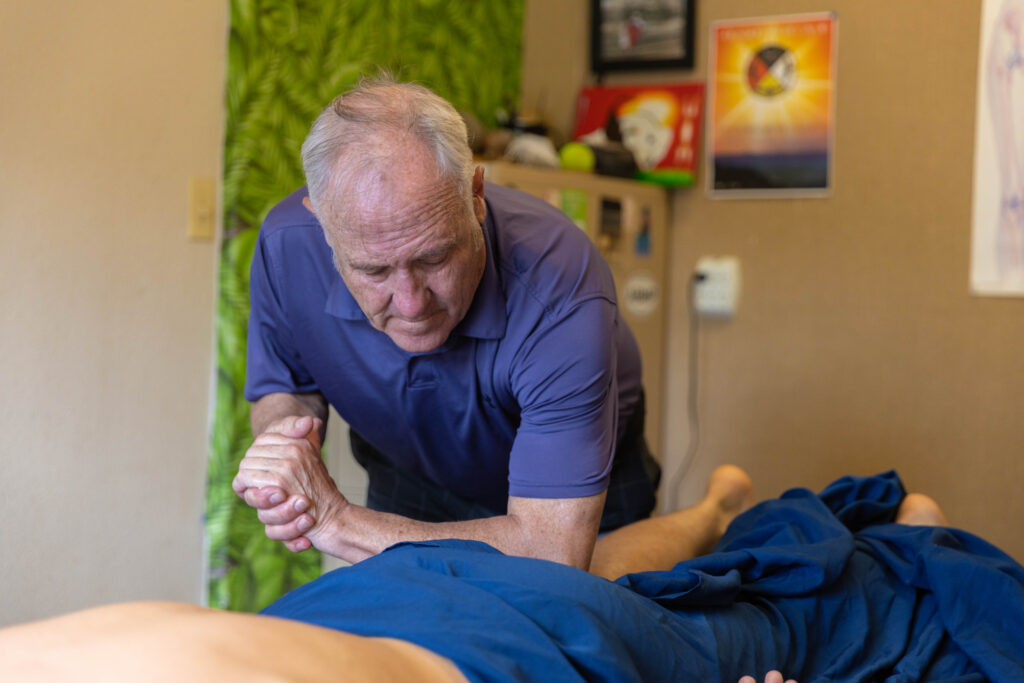Keeping an Open Mind with Injury: The Power of Integrated Sports Massage and Structural Balancing
Integrated sports massage and structural balancing are two powerful therapies that can help individuals recover from injuries and improve their overall physical performance. These techniques focus on the body as a whole, recognizing that an injury in one area can impact the balance and functionality of the entire body.
Understanding the true root of an injury often requires a holistic approach. It’s not just about treating the symptoms or the specific area of pain. Instead, it’s about understanding the body’s connective tissues, the fascia, and how tension and imbalances in these areas can contribute to injuries and hinder recovery.
Integrated sports massage is a targeted therapy that combines various massage techniques to promote optimal muscle function and flexibility. It’s not just about relieving muscle tension; it’s about improving the range of motion and reducing the risk of future injuries. This approach is particularly beneficial for athletes, who often put their bodies under significant stress and strain.

On the other hand, structural balancing, also known as Structural Integration, is a form of bodywork that focuses on the fascia. This connective tissue surrounds our muscles and organs, and when it’s tight or imbalanced, it can lead to a host of issues, from chronic pain to limited mobility. Structural balancing aims to restore balance and alignment in the body, promoting better movement patterns and reducing physical stress.
The integration of sports massage and structural balancing can offer a comprehensive approach to injury recovery and prevention. By addressing the body as a whole, these therapies can help identify and address the true root of an injury, leading to more effective and lasting results.
It’s essential to approach injury recovery with an open mind. Traditional methods may provide temporary relief, but they often fail to address the underlying issues. Integrated sports massage and structural balancing offer a more holistic and effective approach, promoting not just recovery, but improved physical performance and overall well-being.
FAQs:
Which form of massage is also known as Structural Integration?
Structural balancing is also known as Structural Integration. It focuses on the fascia, the connective tissue that surrounds our muscles and organs.
Is Structural Integration the same as Rolfing?
Yes, Rolfing is a type of Structural Integration therapy. It was developed by Dr. Ida Rolf and focuses on aligning the body in gravity.
What is Structural Integration therapy?
Structural Integration Therapy is a type of bodywork that aims to align and balance the body’s connective tissues, promoting better movement patterns and reducing physical stress.
What is the difference between myofascial release and Structural Integration?
While both techniques focus on fascia, myofascial release typically involves applying gentle, sustained pressure to release fascial restrictions. In contrast, Structural Integration involves a series of sessions that aim to systematically realign and balance the entire body.
